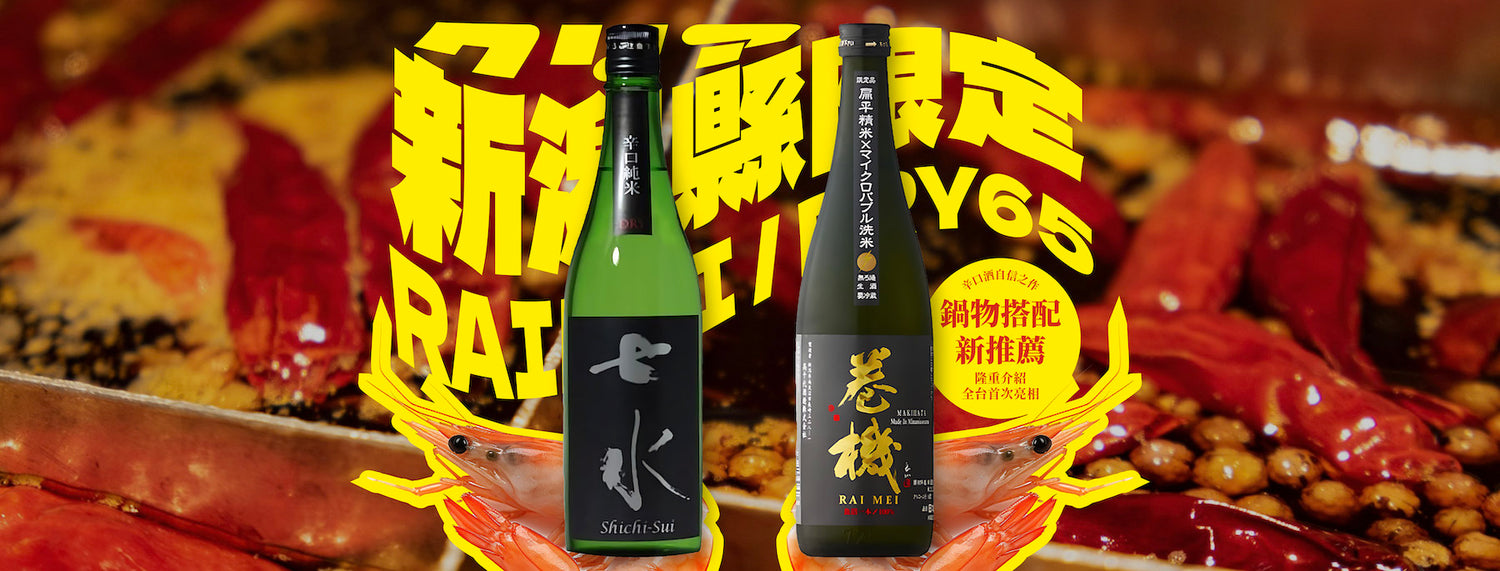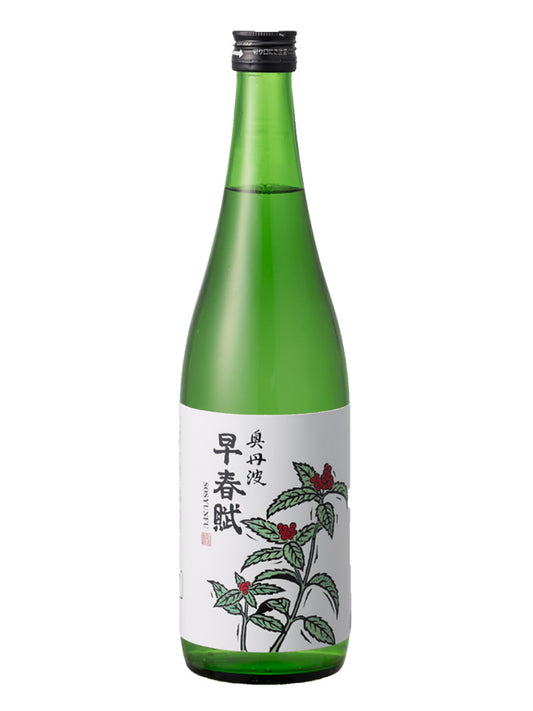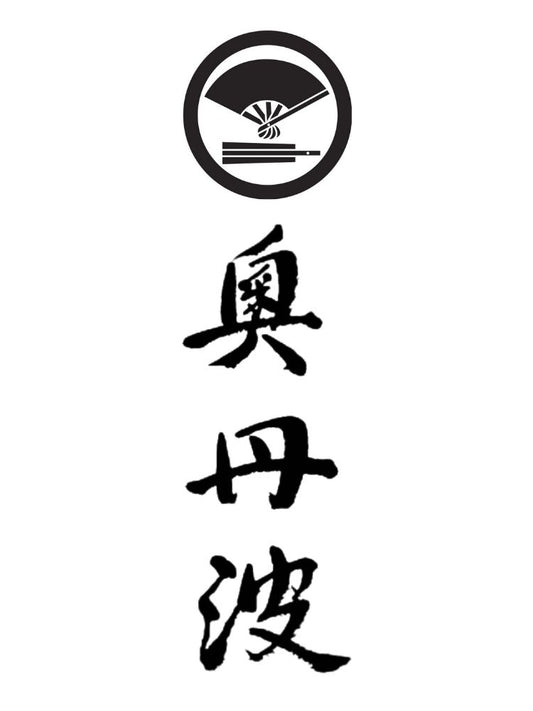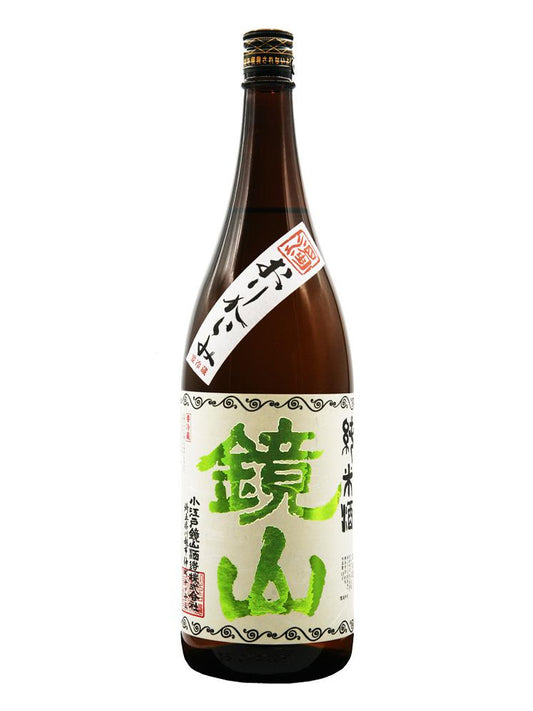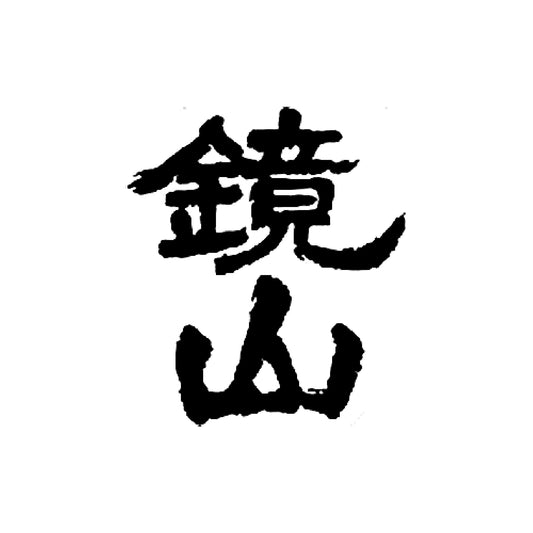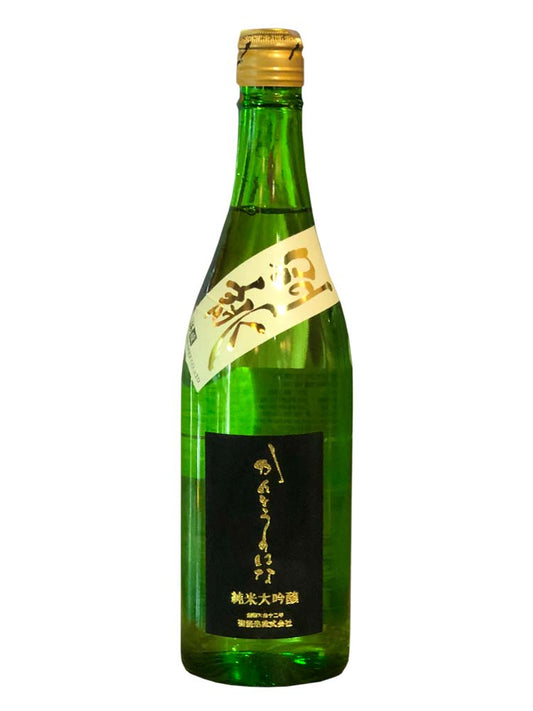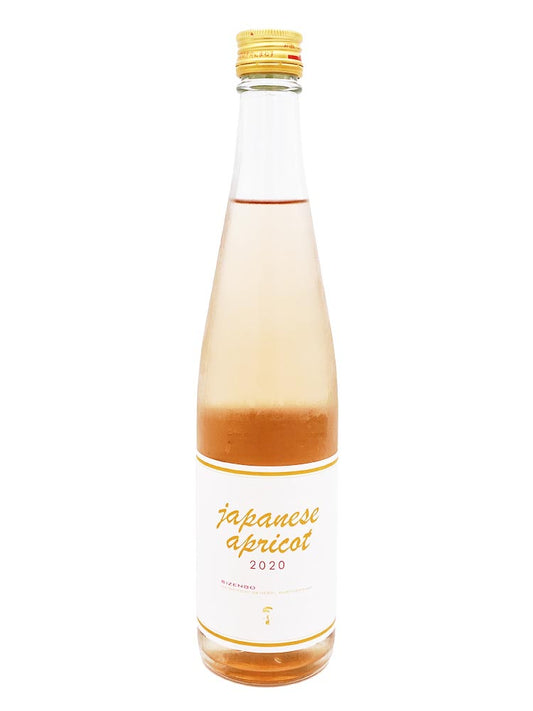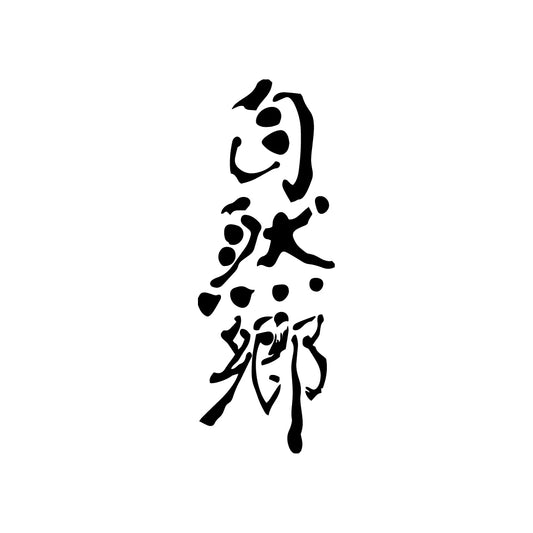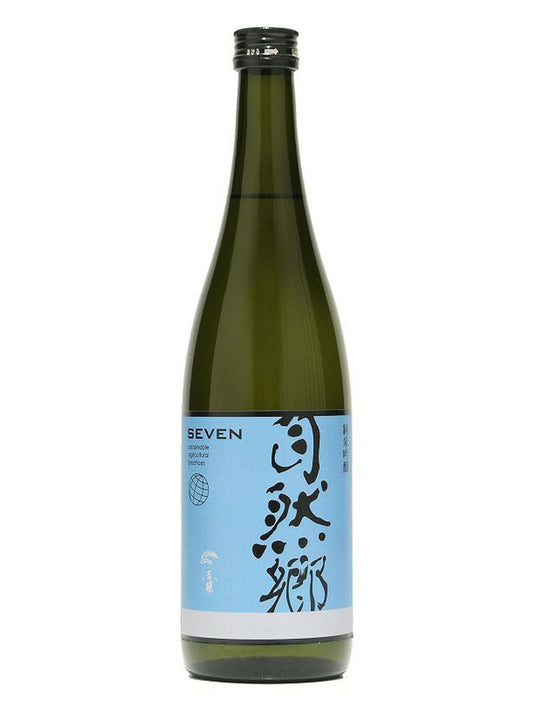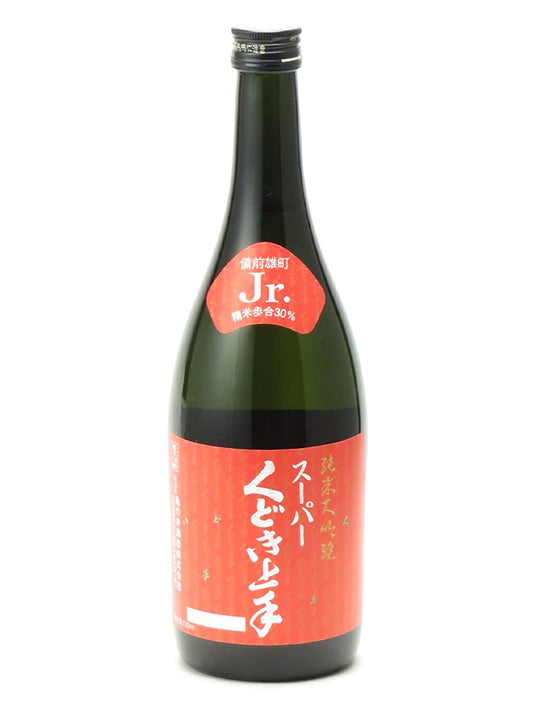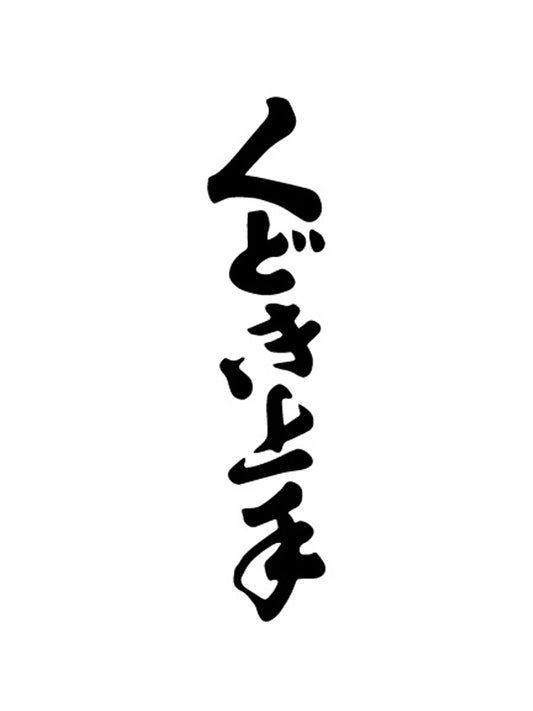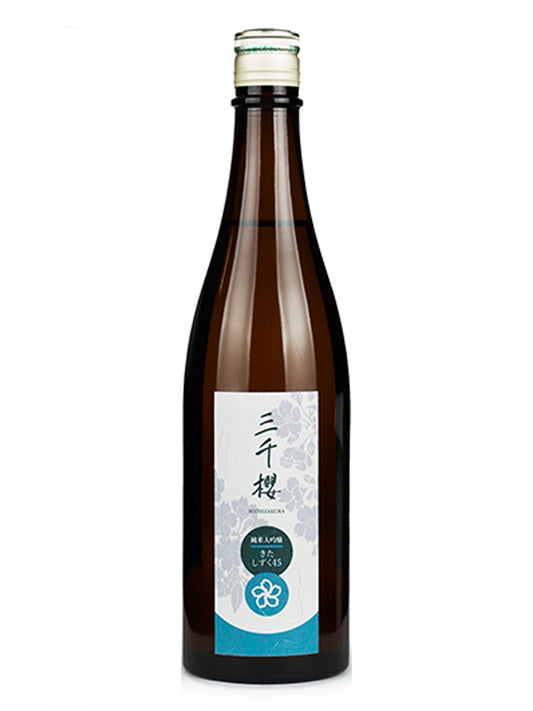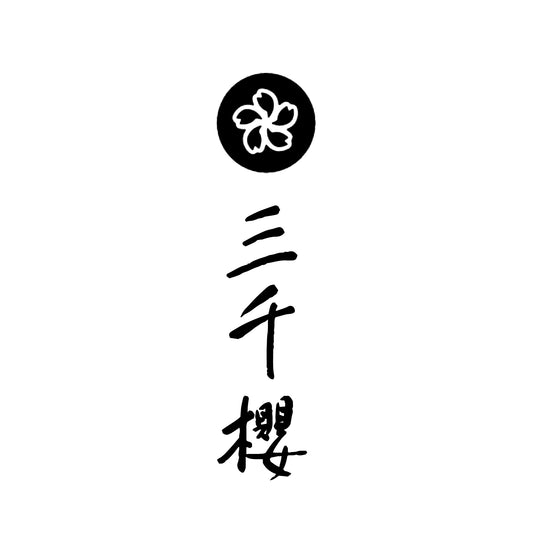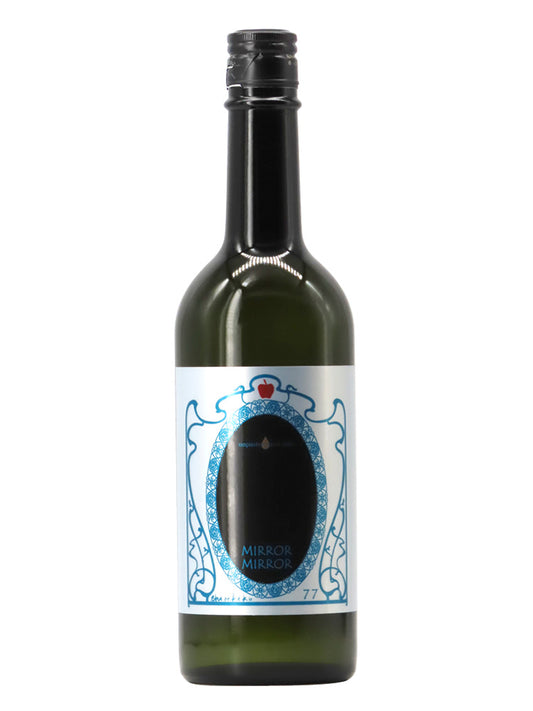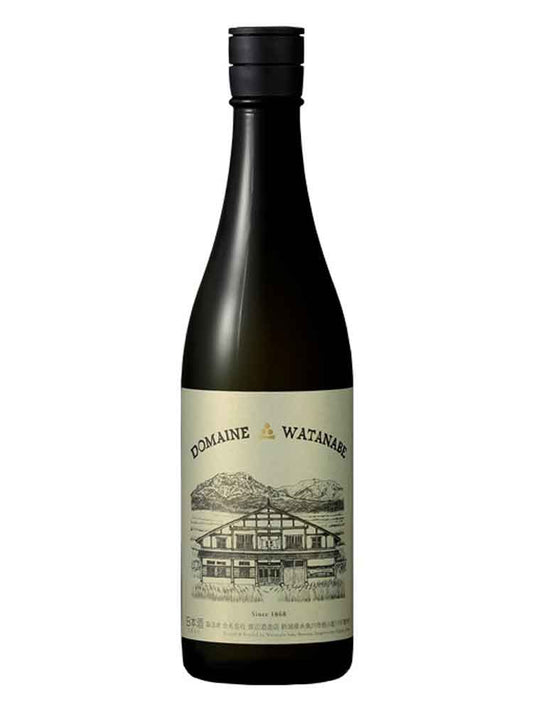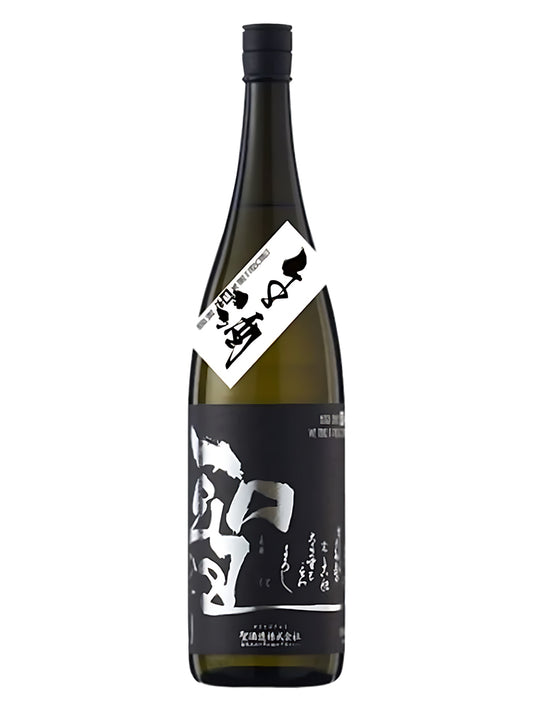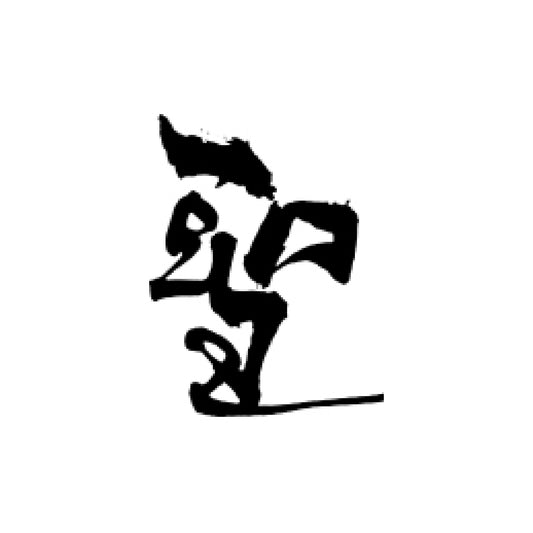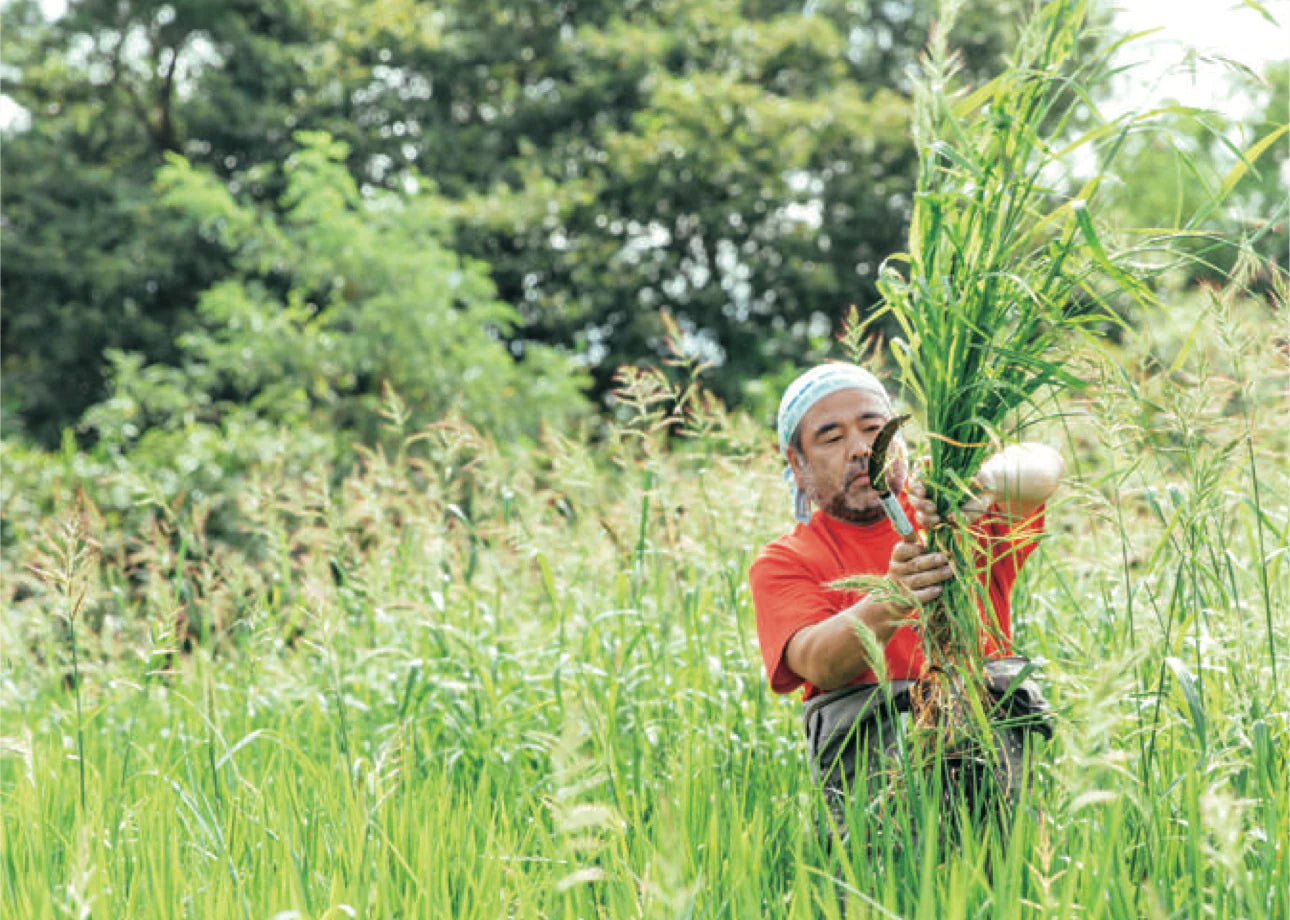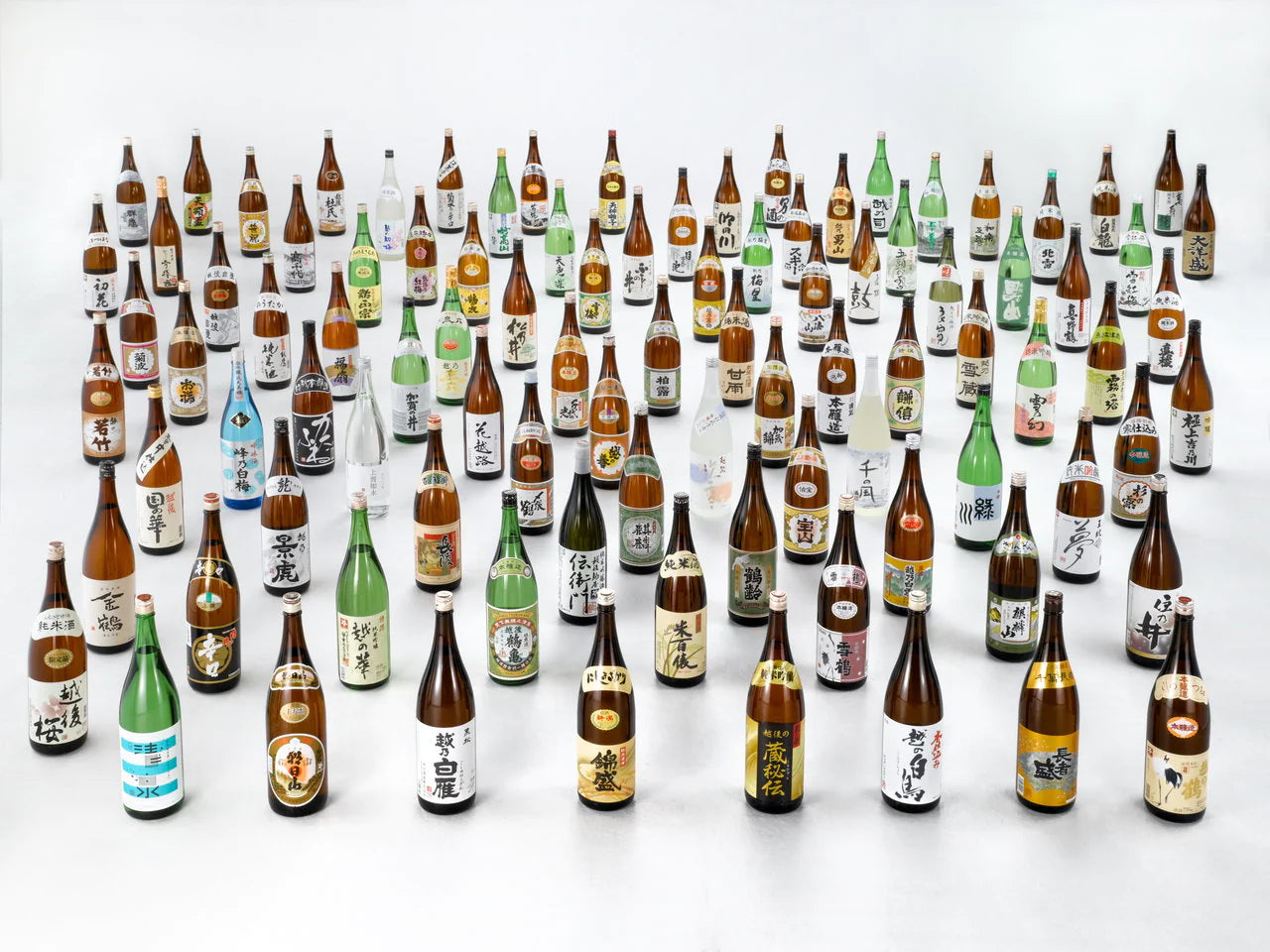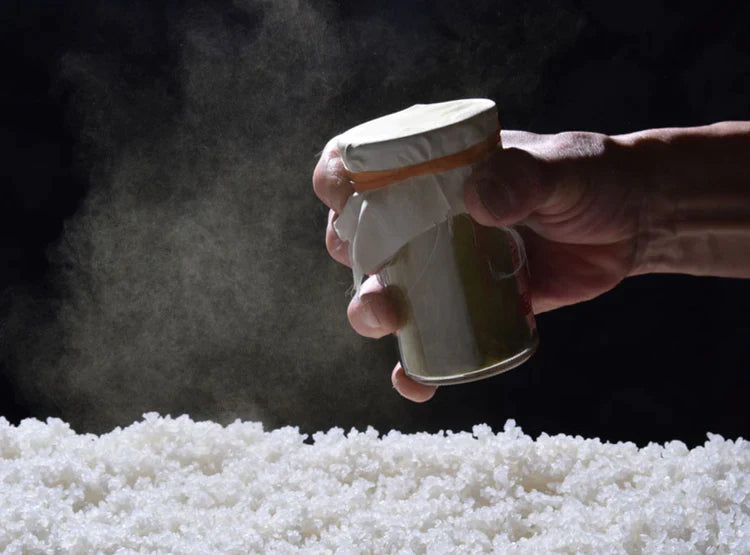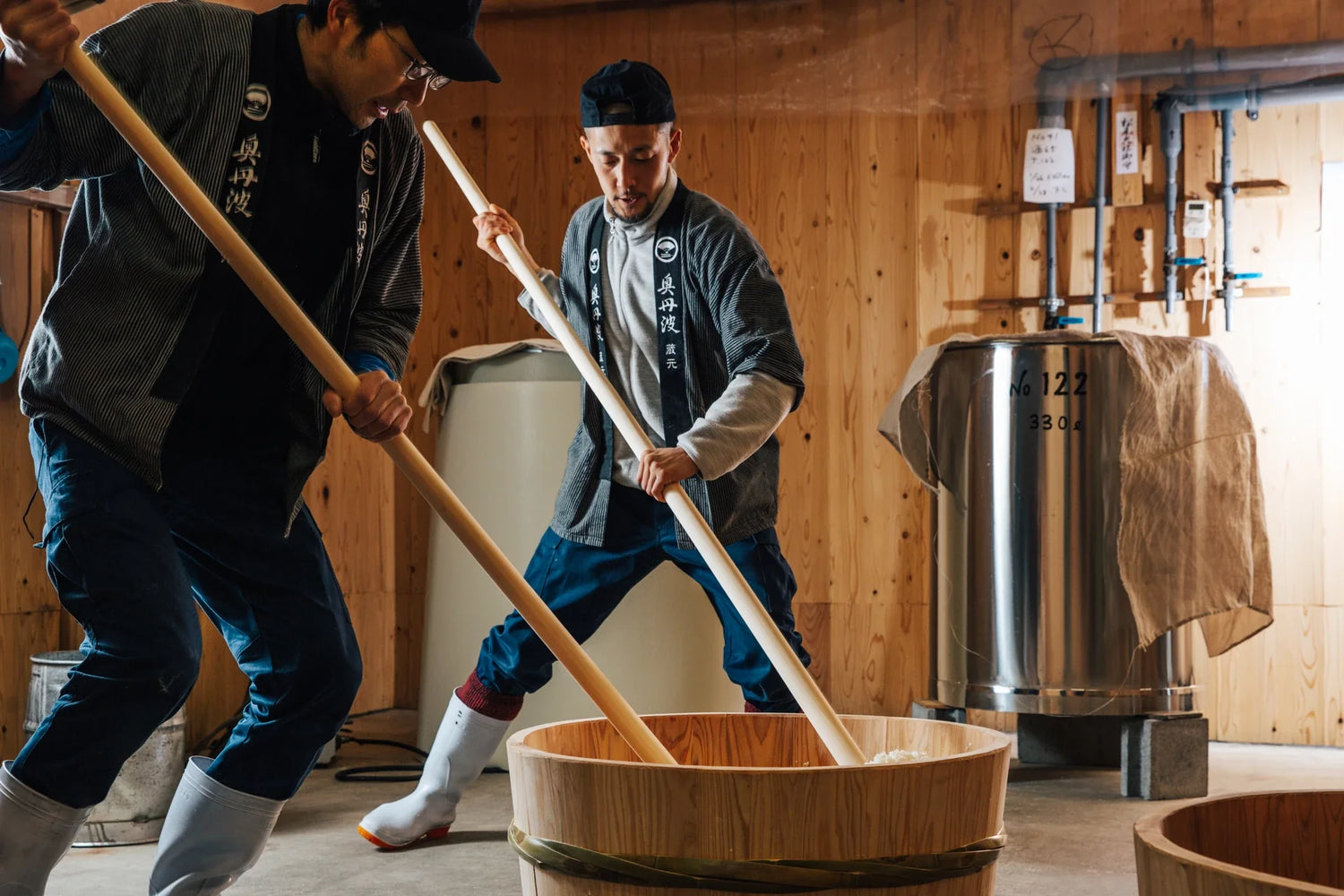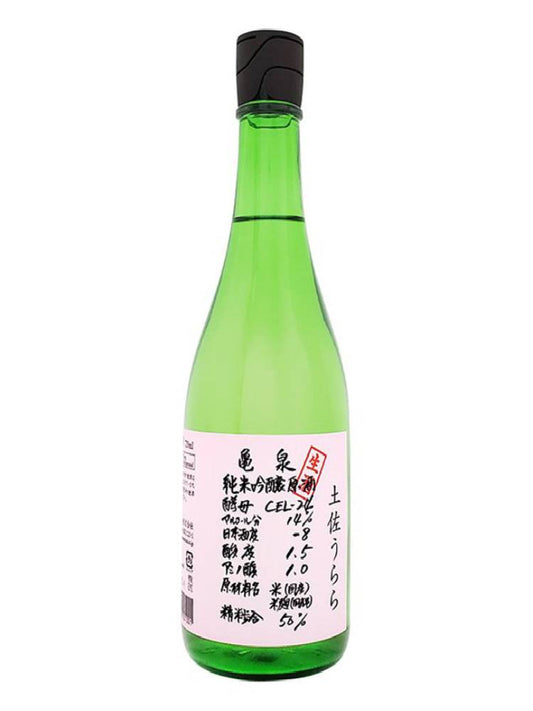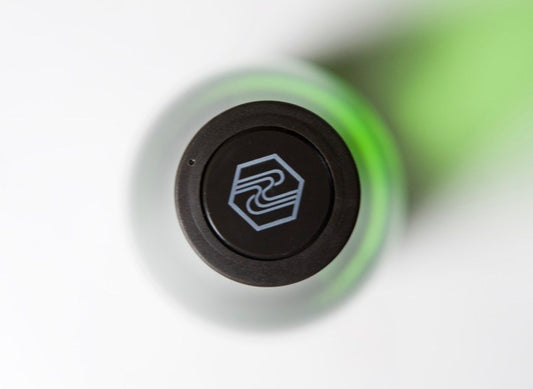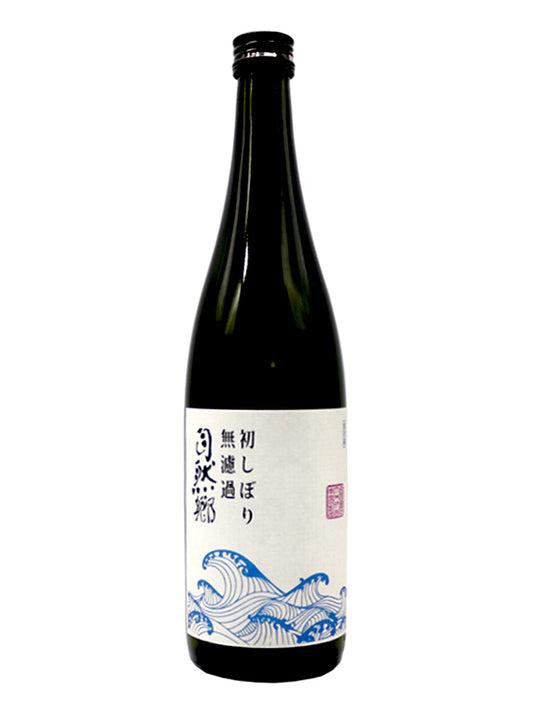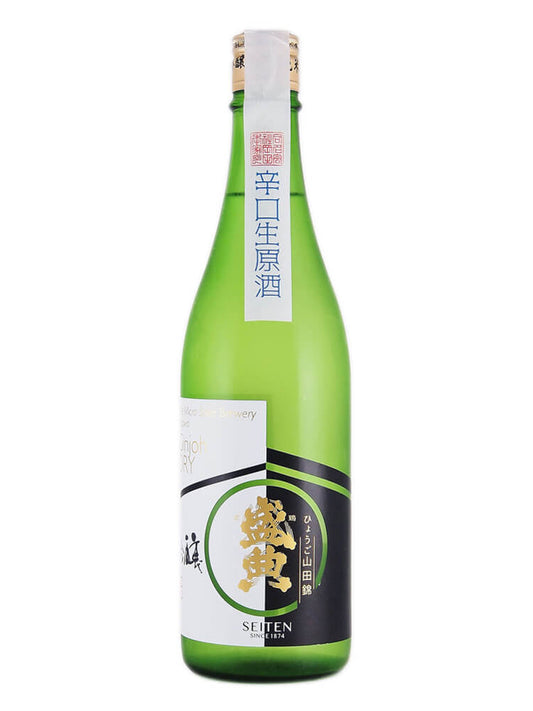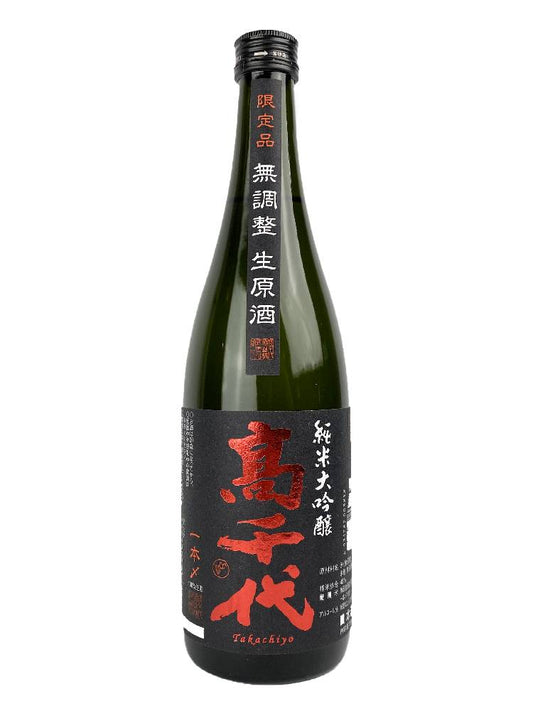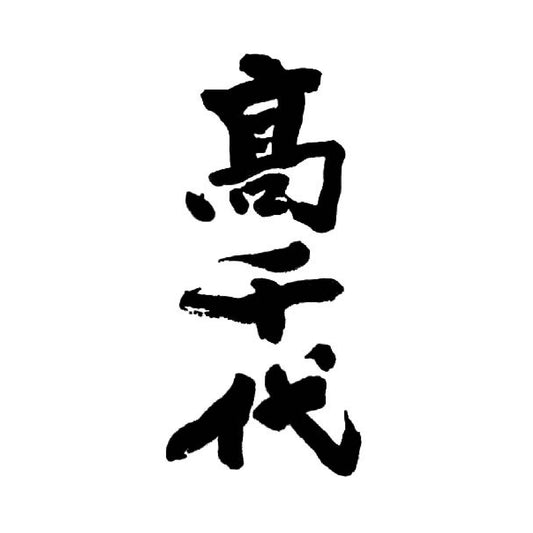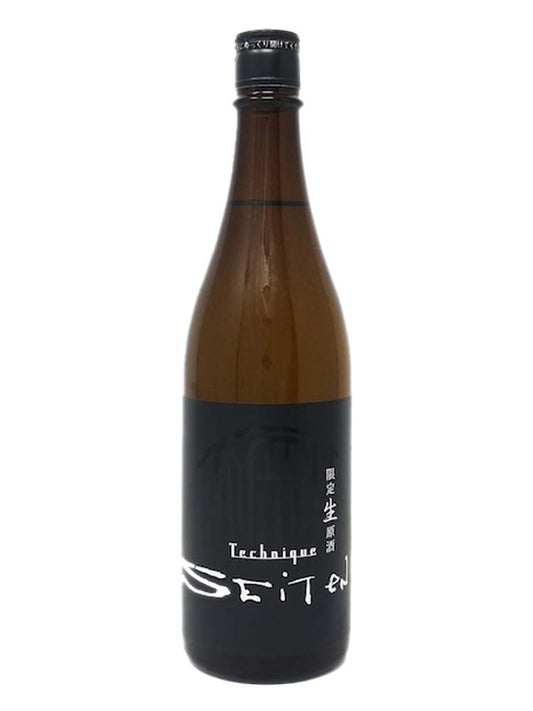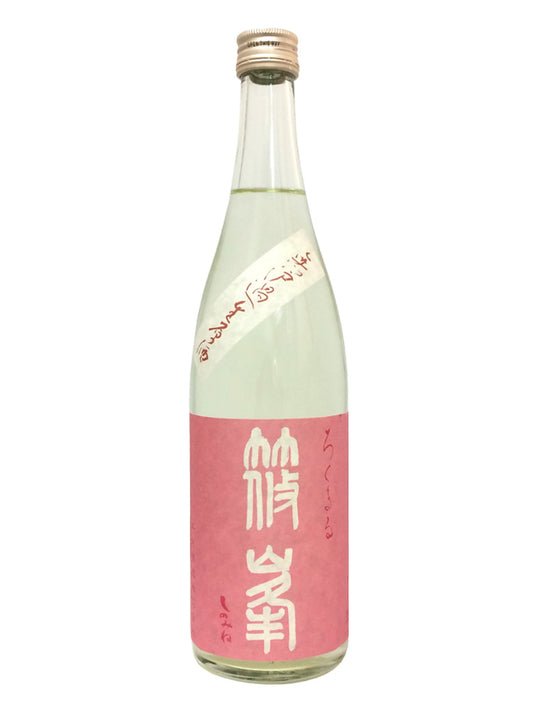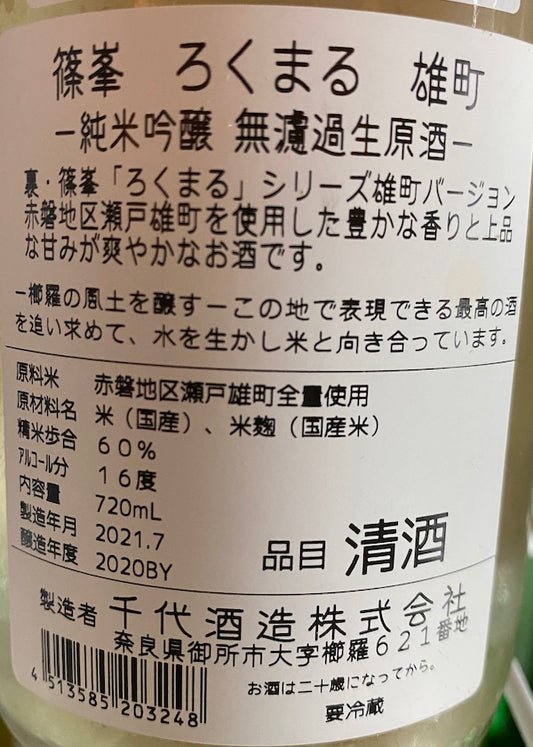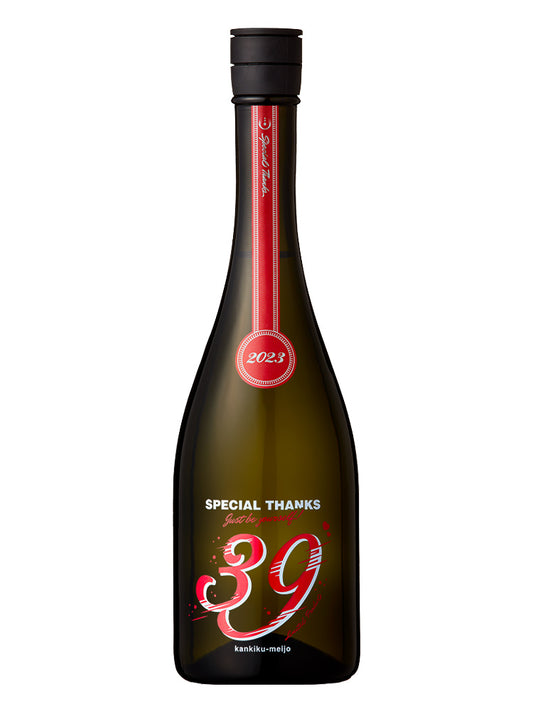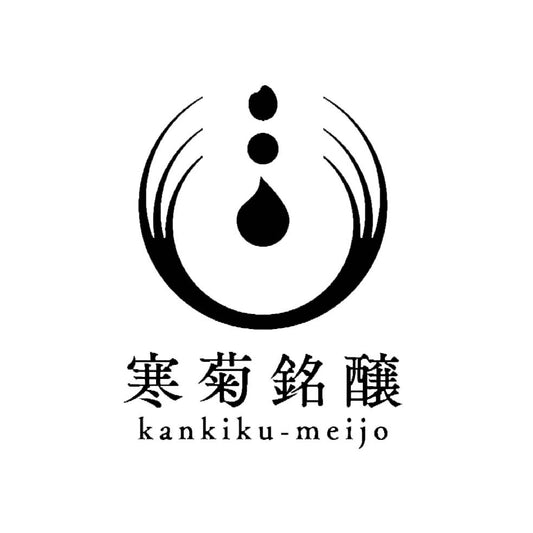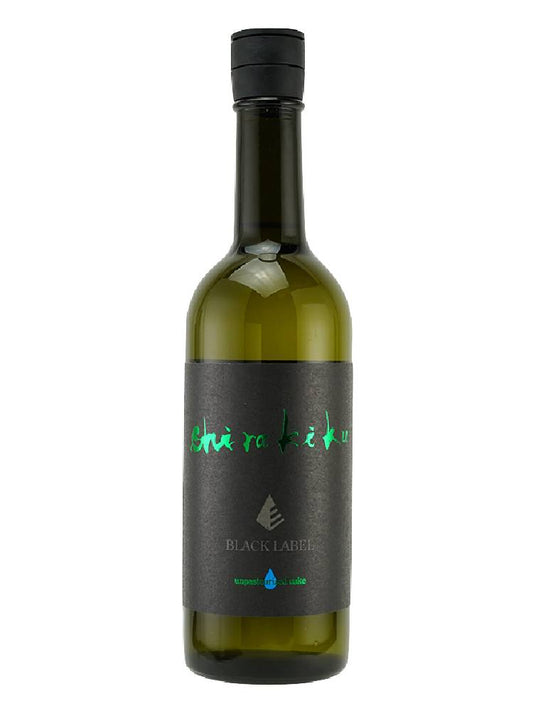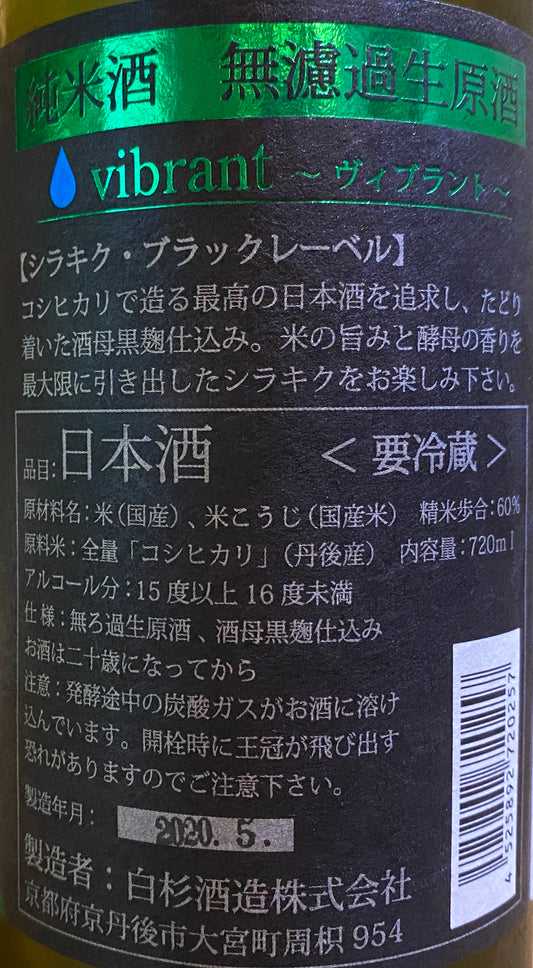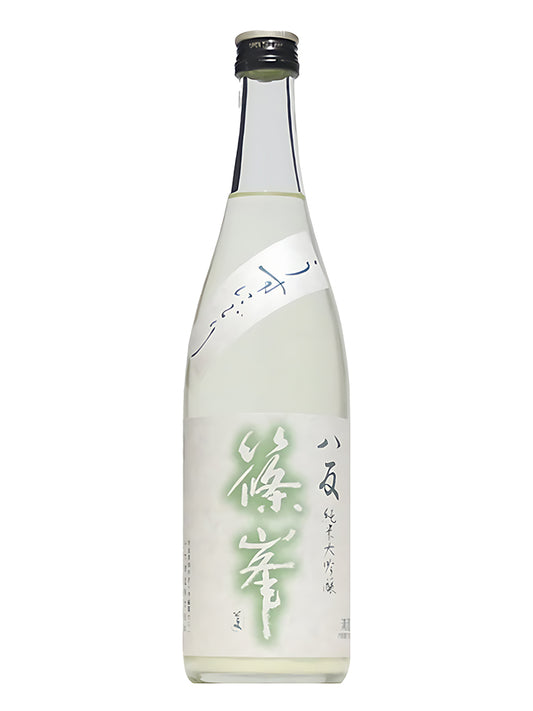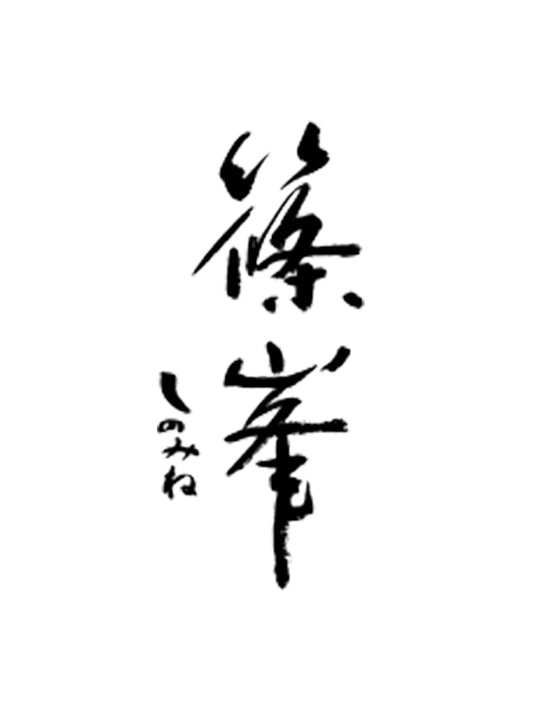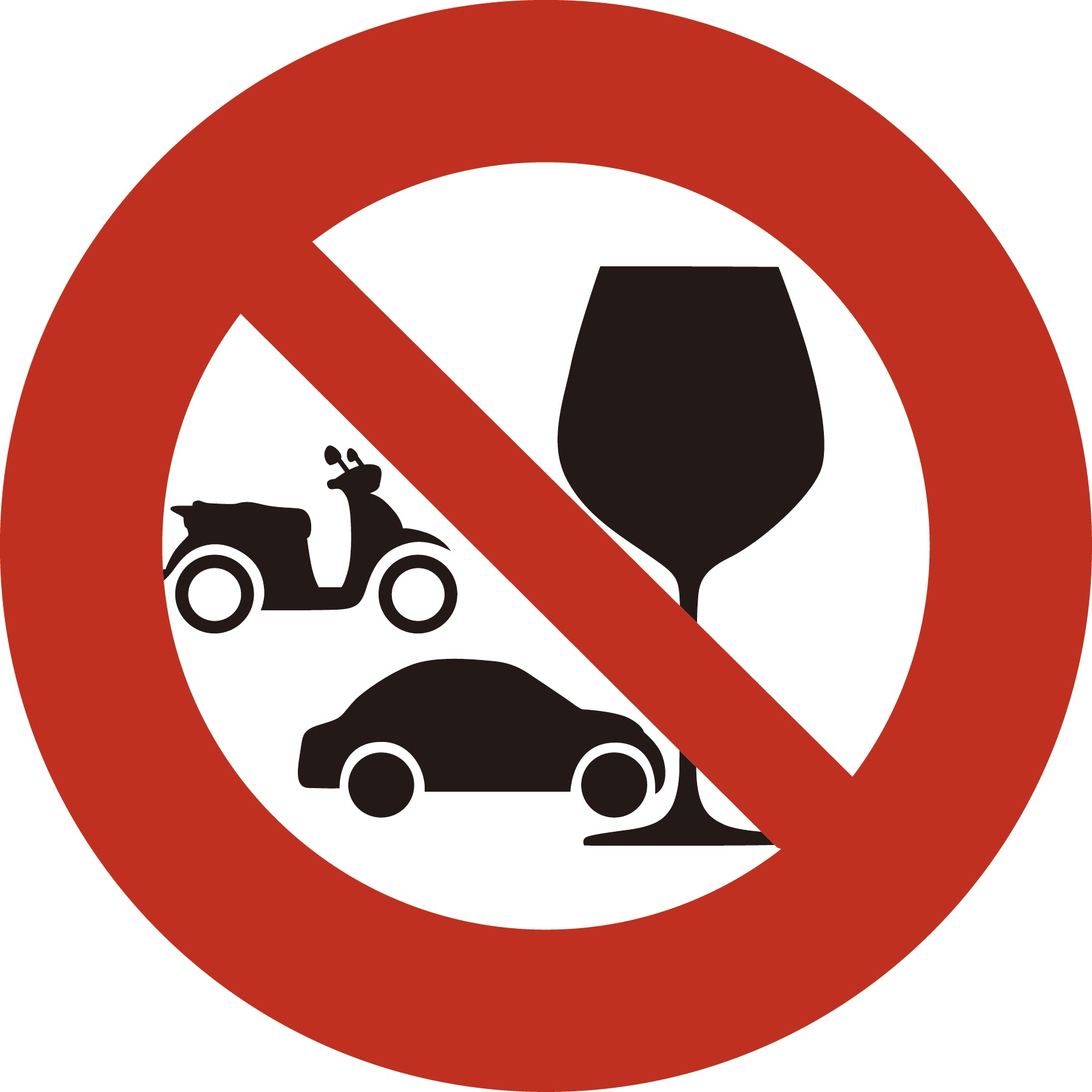在我們的舊網站上已經有帳戶了嗎?
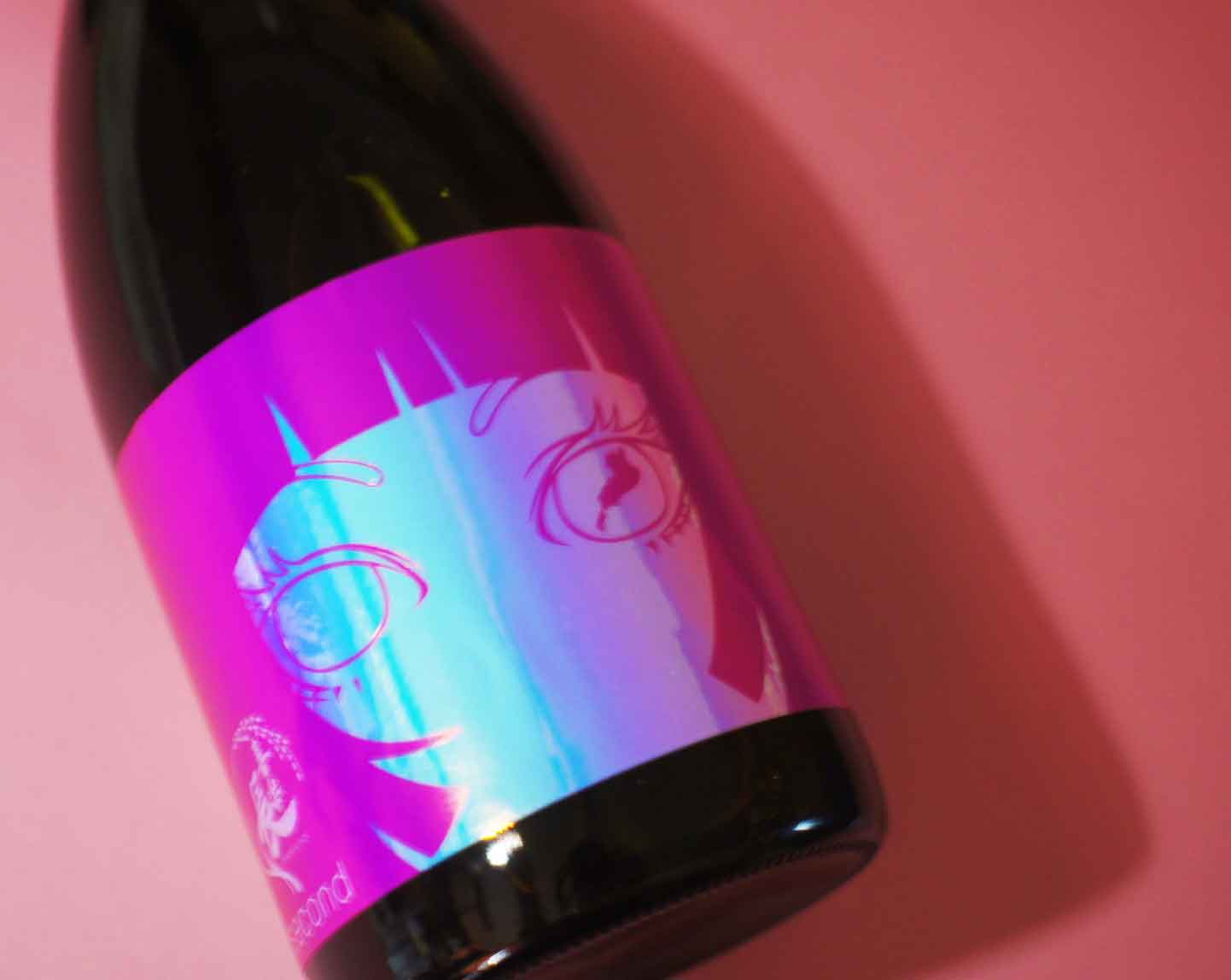
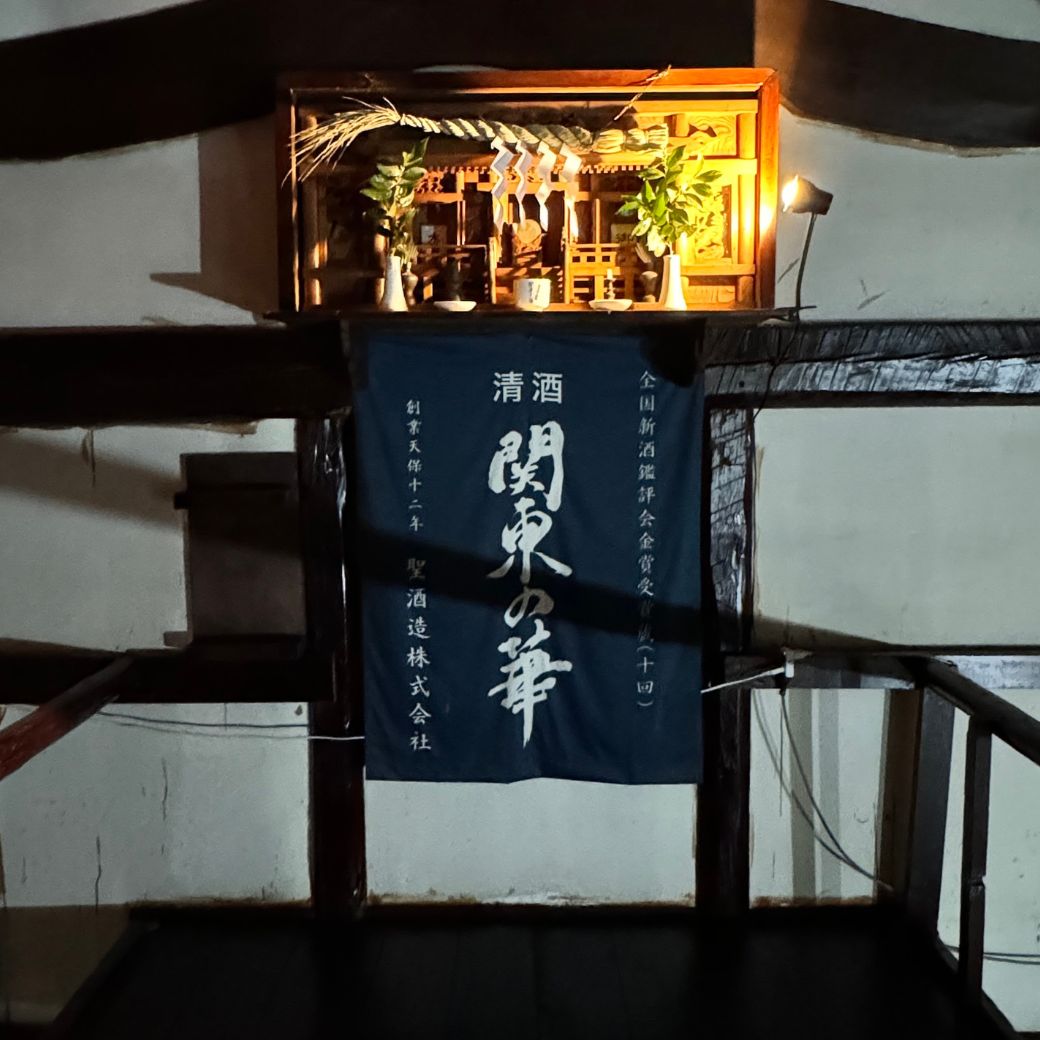
本月精選酒造
HIJIRI SHUZO|聖酒造
繼承南部杜氏的技術、努力提升酒的品質,並於譽為清酒競賽最高殿堂的「全国新酒鑑評会」中合計得到10次金賞。比起上一代的7代目蔵元,第8代作為蔵元自身也擔任杜氏一職,一肩扛起經營與釀造的重責大任。並復育傳統製法「生酛」、挑戰包羅萬象的特殊製法。
新品入荷
ゾクゾク入荷!新商品
-
奥丹波 早春賦 五百万石 純米吟釀
定價 $1,640.00 TWD定價單價 / 每 -
鏡山 純米 おりがらみ
定價 $1,440.00 TWD定價單價 / 每 -
聖酒造 かんとうの花 渋川五百万石35 純米大吟醸 別誂
定價 $1,830.00 TWD定價單價 / 每 -
自然鄉 梅酒ヌーボー
定價 $1,080.00 TWD定價單價 / 每 -
自然鄉 SEVEN 荒走り
定價 $1,540.00 TWD定價單價 / 每 -
龜之井酒造 くどき Jr. 備前雄町30 純米大吟釀 生詰
定價 $2,240.00 TWD定價單價 / 每 -
三千櫻 純米大吟釀 きたしずく45 直汲生原酒
定價 $1,930.00 TWD定價單價 / 每 -
白木久 MIRROR MIRROR 特別純米 無濾過生原酒
定價 $1,700.00 TWD定價單價 / 每 -
DOMAINE WATANABE BLENDED
定價 $2,050.00 TWD定價單價 / 每 -
聖酒造 五百万石50 純米吟釀 生酒
定價 $1,500.00 TWD定價單價 / 每
與從未見過的日本酒相遇
まだ見ぬ日本酒との出会い
-
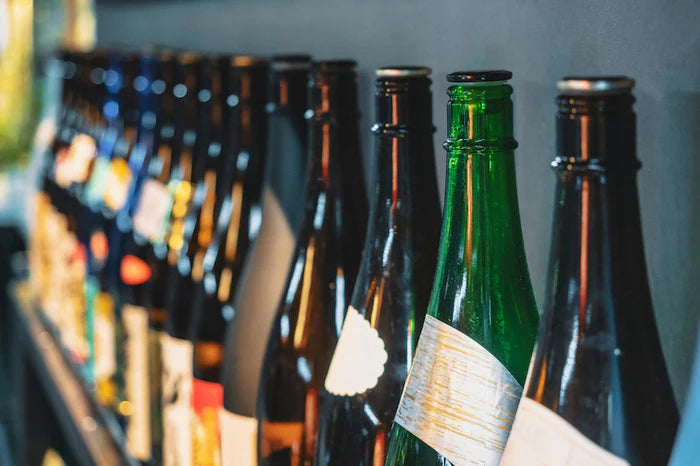
一升瓶日本酒1.8L
營業用1800毫升的容量非常適合大型派對,以更實惠的價格享受我們季節限量版的清酒。
-
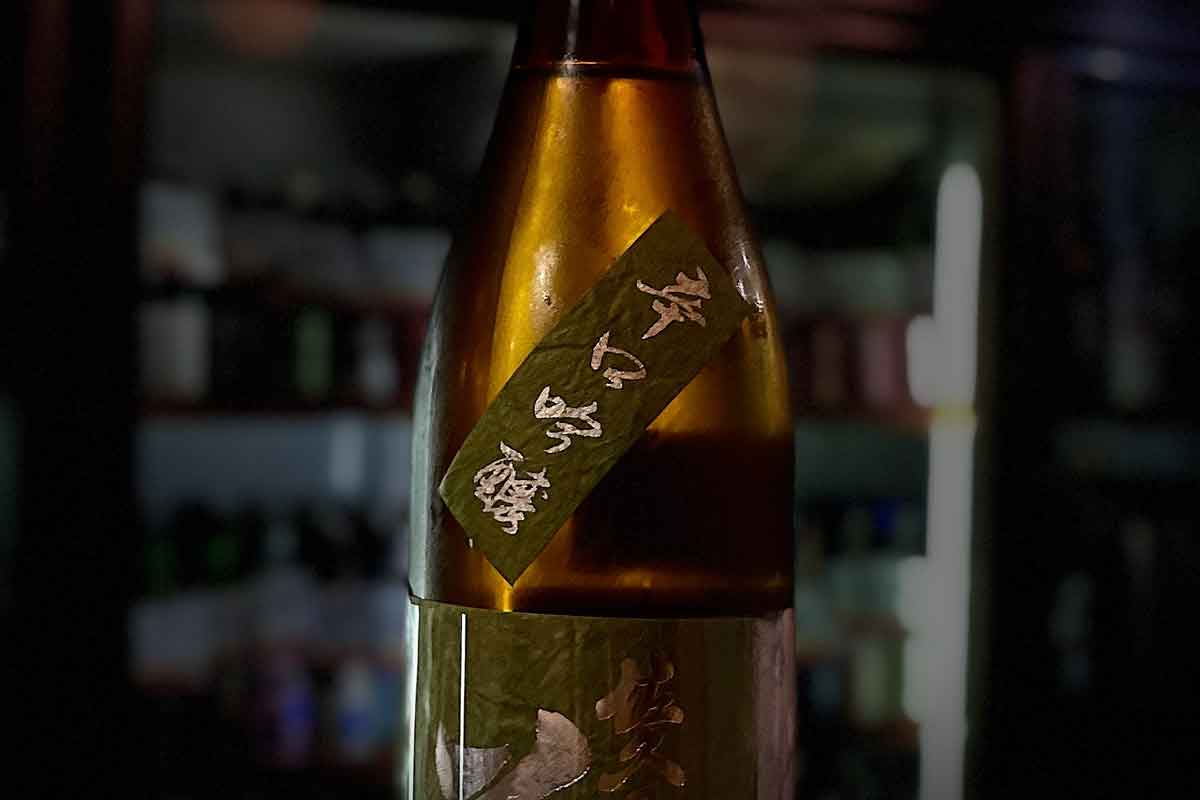
辛口清酒愛好者必看💕
如果你想享受辛口清酒,絕對要從這裡開始!
-
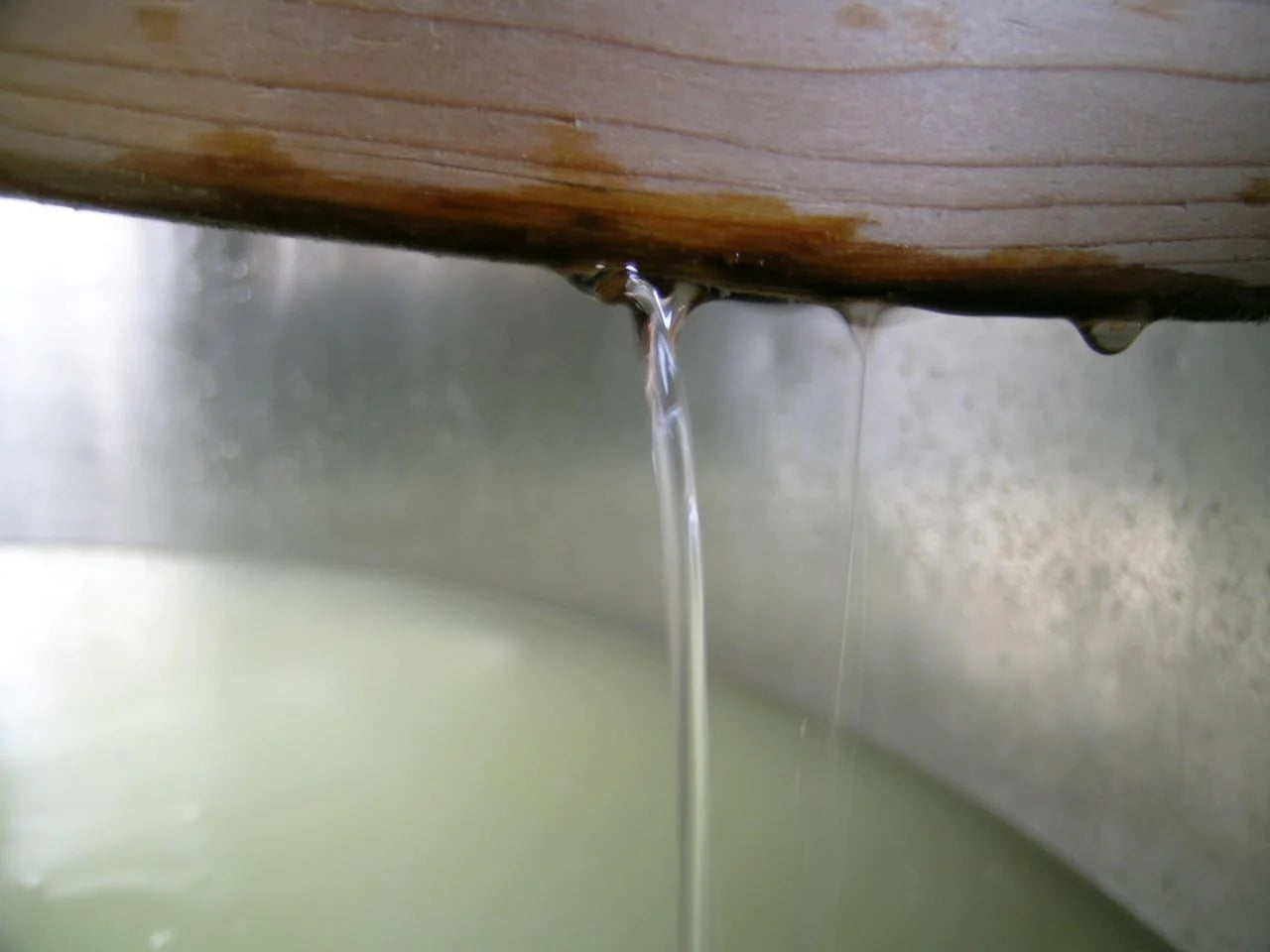
新酒,只在冬季供應的最新鮮的清酒
冬季限定,新鮮榨取、充滿活力且清爽的清酒!!
-
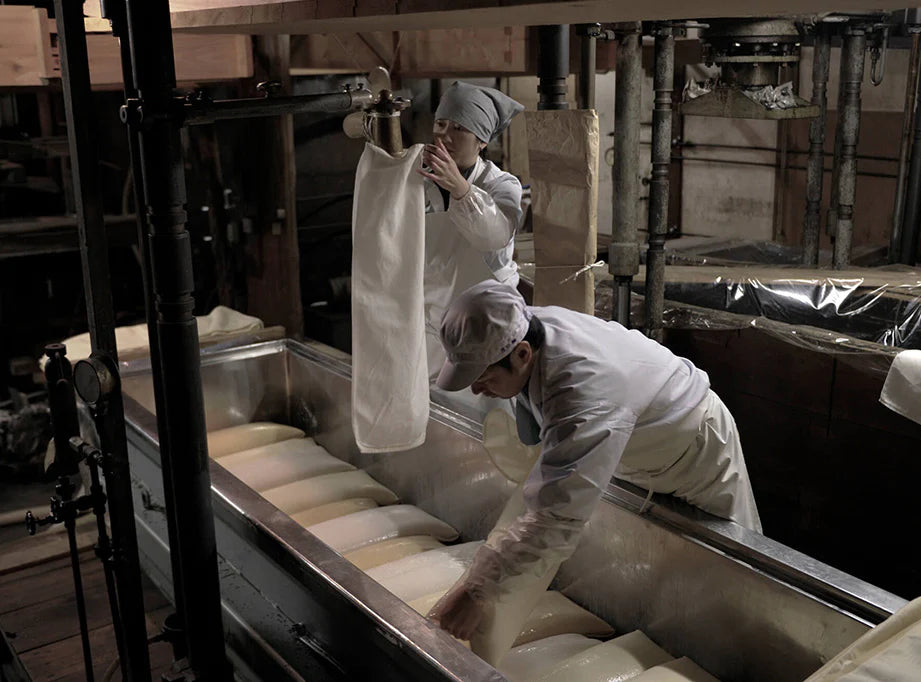
直榨瓶裝,直接瓶裝酒液
Jikagumi(直汲み)意思是“直接瓶裝”。通常,清酒在榨取後會先放在清酒桶中片刻。而 Jikagumi 清酒則跳過了這一步,直接在榨取後立即進行瓶裝。這種清酒甚至省略了最小的口味調整步驟。這就是為什麼我說這是超級純粹和新鮮的清酒。
-
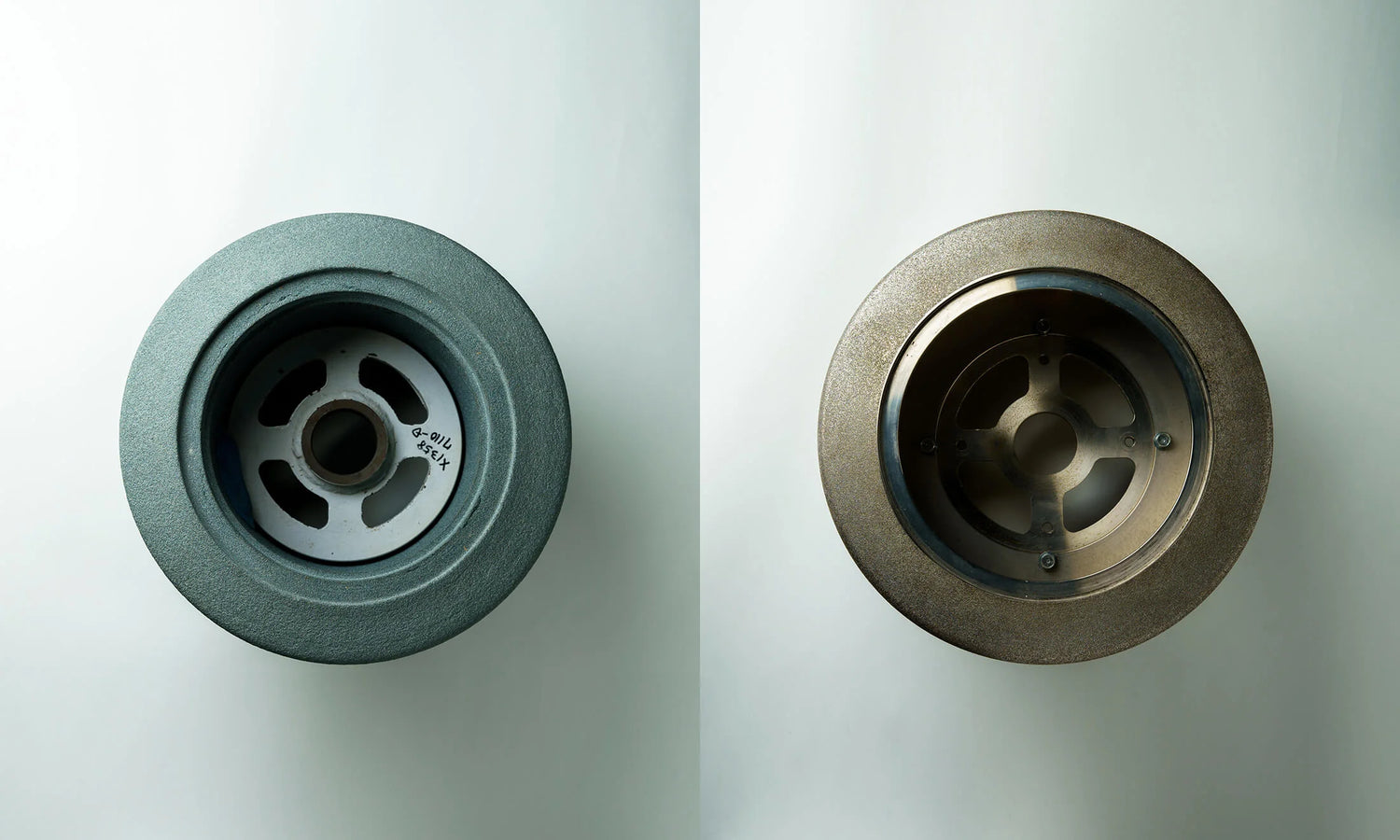
扁平精米,最優質的精米方式
通常的方法是將必要部分和不必要部分一同去除。通過仔細磨削米飯,米粒得以徹底地成為良好的形狀。 這被稱為「扁平精米」,相較於傳統的磨削方法,保留了米飯的中心部分,使口感更加清爽順滑。 一些釀酒廠擁有自己的磨粉機,並花費更長的時間來磨削,進而實現了「扁磨」的效果。
-
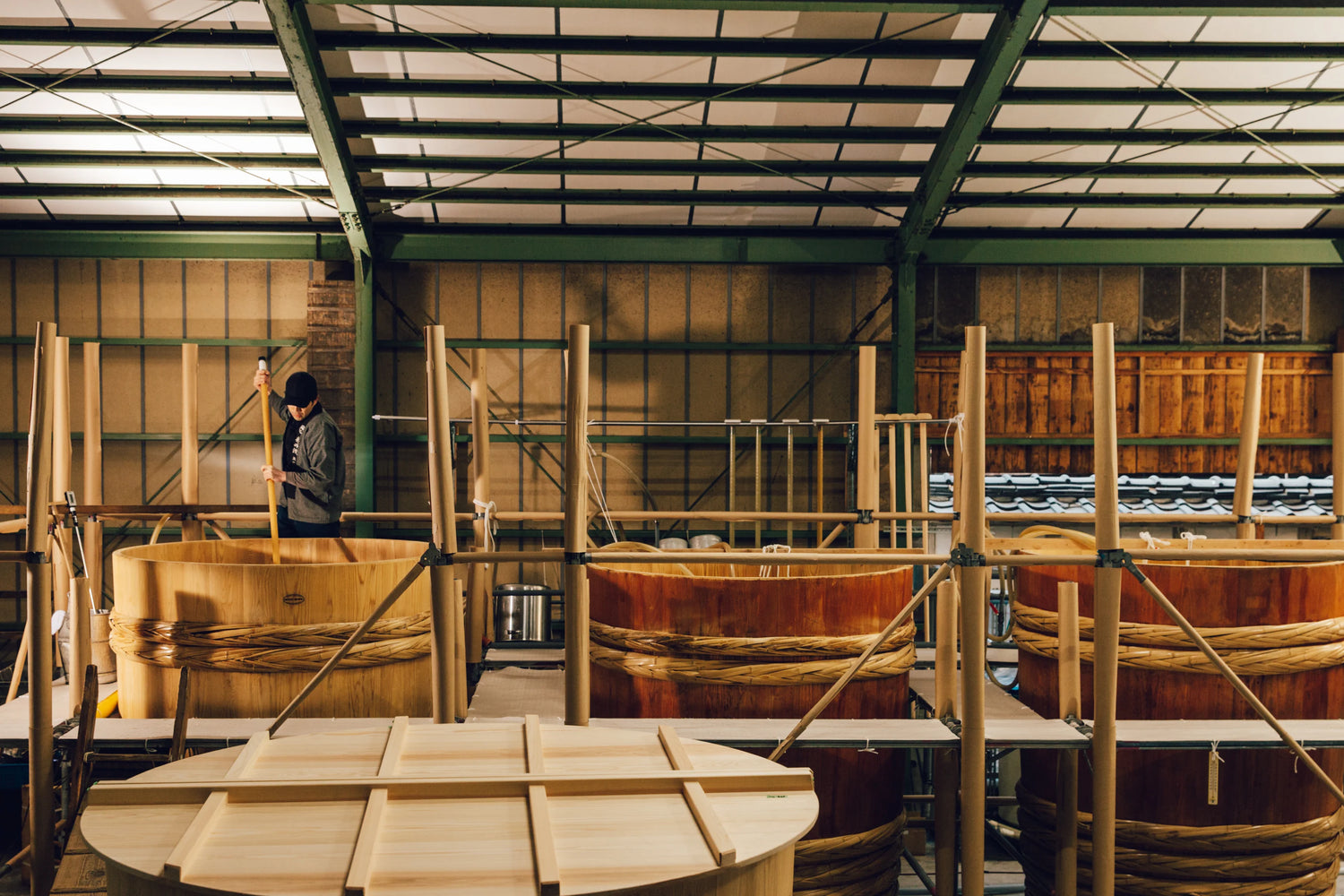
木桶發酵,傳統的恢復
木桶是最傳統的容器。在過去的年代,木桶被用於發酵、陳釀和儲存。但如今,用木桶釀造清酒的情況非常罕見。 木桶的表面粗糙,難以清潔,容易在釀造過程中受到污染。日本清酒釀酒廠已開始從木桶轉向不鏽鋼桶。目前,僅有一家公司能夠生產木桶。
-
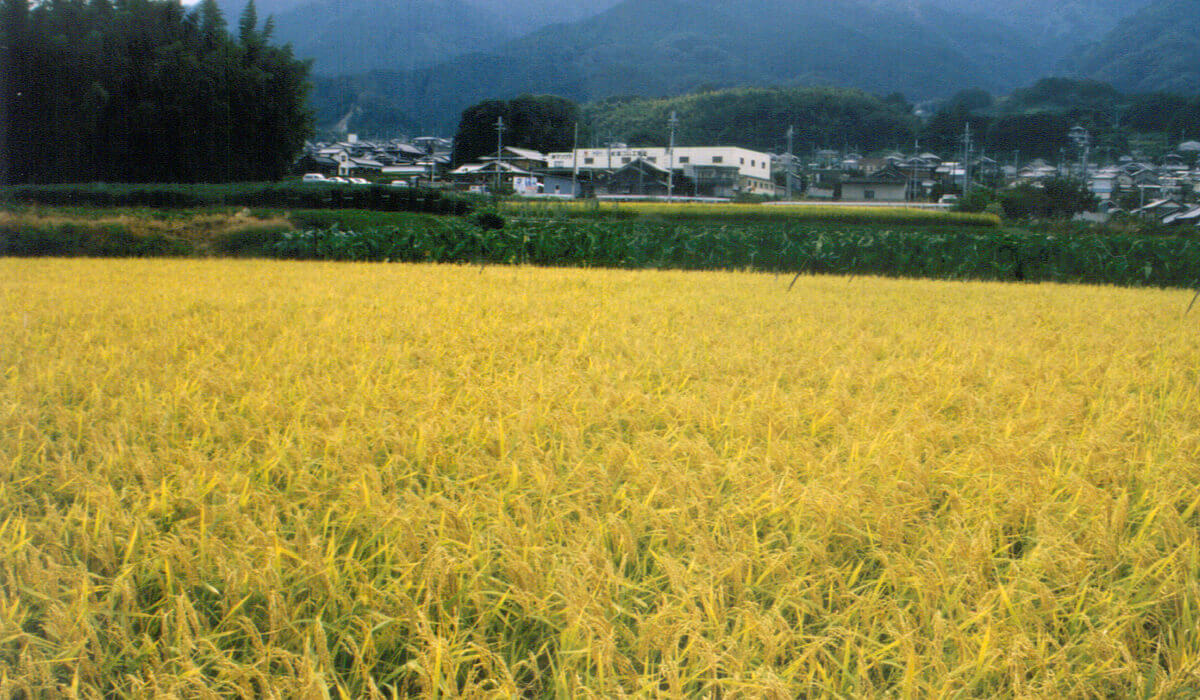
雄町, 釀造米的根源
也有說法指出,大町是釀造米的發源地。雄町擁有大約40種釀造米的本地品種。然而,大町釀造米的總產量僅佔3%。如今,其潛在價值受到重新評估,一些對清酒極其熱衷的人,被稱為「雄町派」,樂意飲用使用大町釀造的清酒已經出現。這種清酒具有圓潤的口感、複雜的旨味、持久的餘味,並隨著成熟而味道轉化。
熱門酒款
今アツイ商品🔥
-
龜泉 CEL24 土佐麗 純米吟釀 生原酒
定價 $1,740.00 TWD定價單價 / 每 -
自然郷 初しぼり純米吟醸 無濾過
定價 $1,410.00 TWD定價單價 / 每 -
金鵄盛典 純米吟醸 辛口生原酒
定價 $1,640.00 TWD定價單價 / 每 -
高千代 純米大吟醸 一本〆 生原酒
定價 $1,750.00 TWD定價單價 / 每 -
金鵄盛典 兵庫夢錦 Technique 生原酒
定價 $1,440.00 TWD定價單價 / 每 -
篠峯 ろくまる 雄町 無濾過生原酒
定價 $1,610.00 TWD定價單價 / 每 -
寒菊 39 Special Thanks 無濾過生原酒ver.
定價 $2,190.00 TWD定價單價 / 每 -
白木久 BLACK LABEL Vibrant 純米酒 無濾過生原酒
定價 $1,370.00 TWD定價單價 / 每 -
自然鄉 梅酒ヌーボー
定價 $1,080.00 TWD定價單價 / 每 -
篠峯 八反 純米大吟釀 中取 無濾過生原酒
定價 $1,640.00 TWD定價單價 / 每

